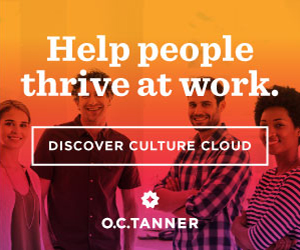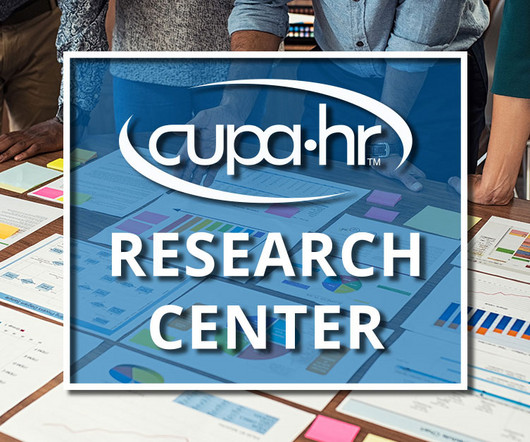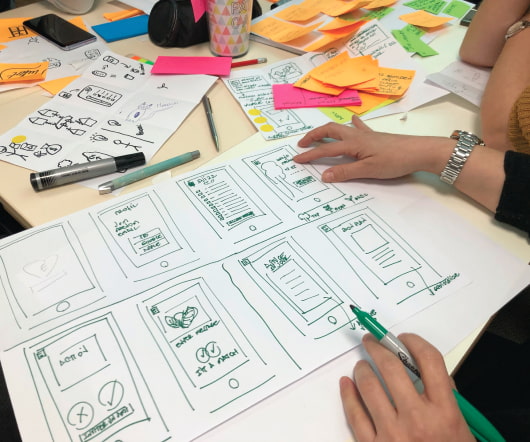Employee Benefits: Then and Now [infographic] – Friday Distraction
HR Bartender
OCTOBER 7, 2016
Benefits such as health care, retirement planning and employee assistance programs are offered to employees at the same level as in 1996.” ” The good news is that employers are listening to demands for better work/life balance with increased telecommuting, flextime and other accommodations.

















































Let's personalize your content